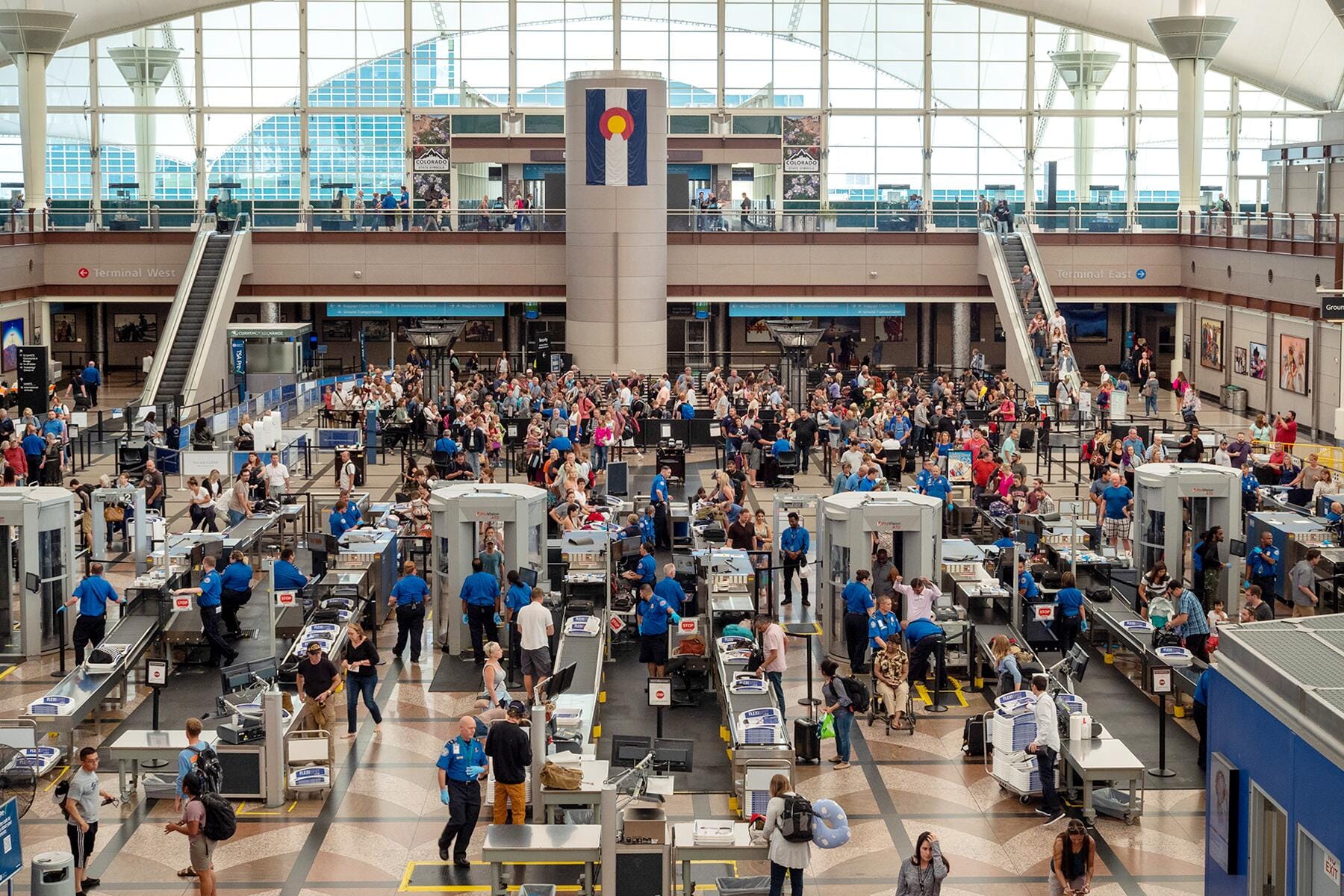Cannabis connoisseurs give us the lowdown on this budding industry's potential for growth.
California reopened for business in June, which means weed tourism is very firmly back on the agenda, especially for local tourists who are keen to experience the “high” points of what the state has to offer.
Covid-19’s impact has meant tourism has taken a massive hit in this perennially popular region that has long been a favorite destination amongst all types of travelers as it appeals to many different interests, including wine and weed.
Pre-pandemic, there was speculation about whether weed tourism would overtake the winery visits that are a staple for bringing in travelers to many Californian regions, but Van Solkov, founder of Happy Travelers weed tours in Sonoma believes there is room for both.
While he doubts weed tourism will “overtake” winery tours, he thinks the experiences complement each other well. “There are explorers who come primarily for wine tourism but realize they can enjoy a cannabis experience as well. Many of my guests come to Sonoma for wine but get bored after a few days and find Happy Travelers because they’re looking for something else to do!”
Despite a promising start when he began in 2018, he admits the pandemic “crushed” Happy Travelers alongside every other tourism-based business in California and they only did 30 tours in 2020. In an effort to diversify they created a “High Tea Experience” where they delivered CBD-infused teas and treats to guests at their rented accommodation, but only achieved modest success due to the lack of tourists. It’s something they are hoping to reboot for the public now that people are using hotels again.
Recommended Fodor’s Video
Thankfully, Solkov can say they are busy with tours again, and with a brand-new 14-seater they are set to complete 200 tours this year. They’ve also opened a wine subsidiary called Old Vine Tours. Solkov is optimistic about the future effects of weed tourism on the economy and he expects to see “exponential growth in 2021 and beyond as cannabis education becomes more accessible and reaches more people.”
David Belsky, founder and CEO of cannabis recruiter FlowerHire, agrees. “Before the Covid-19 pandemic hit, California was on the cusp of an explosion of experiential cannabis tourism experiences.” As the head of a staffing and talent agency, he sees the opportunity to create jobs in tourism in this sector to make up for those lost due to reduced business travel. He thinks it’s the only industry with the potential to create “tens of thousands of jobs in the areas of manufacturing, cultivation, retail, hospitality, marketing, tech support, and business development.”
One issue for businesses is in marketing tours, as the word “cannabis” is a forbidden word on landing pages for some search engines and on social media platforms. Happy Travelers Tours get around this by generating content on blog posts and sharing images on social media platforms like Instagram and Pinterest.
There are also the legislative restrictions that affect the growth of weed tourism, like restrictions on the age you’re able to buy it (21), the amount you can possess, and how it cannot be transported across state lines. Patrick McCartan, the CEO and co-founder of Regennabis notes that there has been “remarkable growth in the cannabis industry in a noticeably short period of time” since he started his business in 2016. He believes it isn’t a straightforward win as we need to see the global expansion of cannabis legalization first.
“Building an all-inclusive cannabis tourist industry [while] delivering racial and social equity is this generation’s imperative.” Combined with sustainable environmental practices, his vision is that regenerative cannabis tourism “will be instrumental in delivering economic, social, and environmental growth to cities where cannabis is legal thus impacting the UN Sustainable Development Goals.”
There is much positivity around the growth, innovation, and evolution of weed tourism, with high hopes for the model to expand in the way that wineries have over the last twenty years. Aaron Sweat, the CEO of the Humboldt Social hospitality group sums it up. “We want them to smoke a joint while learning about the cannabis farms and then take a hike in the Redwoods, followed by a farm-to-table dinner with a local craft beer. It’s all about a holistic and integrated experience.”
That’s not to say that cannabis tourism doesn’t need a little help to reach its full potential, especially as it is still illegal on a federal level.
“Regulations can also stifle cannabis tourism growth. Consumption lounges will play a key role in any healthy cannabis tourism market, and only a few municipalities in California have allowed for them to open up. From an agritourism perspective, safety, security, and testing requirements in place to protect cannabis plants can make it difficult for canopy and farm tours to take place,” says Belsky.
Inevitably, COVID-19 has slowed down everything from licensing to consumption rules as the regulatory framework can be tricky to navigate. Even though Colorado and Nevada have strong tourism industries, Belsky believes California will lead the way on the tourism aspect of cannabis. He says “there are three capitals of cannabis across the world–you have the research, development and medical marijuana capital in Israel, the financial capital in Toronto, Canada, and then the cultural capital of cannabis is California.”
He believes that the fact that weed is synonymous with the “California lifestyle” means “we’ll begin to see cannabis tied into the alternative therapies, spiritual exercises, and wellness experiences that draw thousands of tourists to California every year as well.”
In the meantime, local travel is really driving tourism as pandemic restrictions loosen, and companies are seeing positive results. Sweat says that travel has increased and hasn’t slowed down since last summer. “Visitors can’t (or don’t want to) travel internationally like they once did, so we are seeing a surge of visitors looking to escape cities for rural destinations like ours that offer relaxation and new experiences.”
California’s cannabis tourism industry seems to have everything behind it, whether it’s farmers, recruiters, business owners, or sustainability experts, and with the right legislative changes, it could be an unstoppable force for growth. Tourists want to get to know the state beyond the vineyards of Napa and Sonoma, and its “high” time the state caters to the growing market of increasingly sophisticated and curious tastes of visitors.




